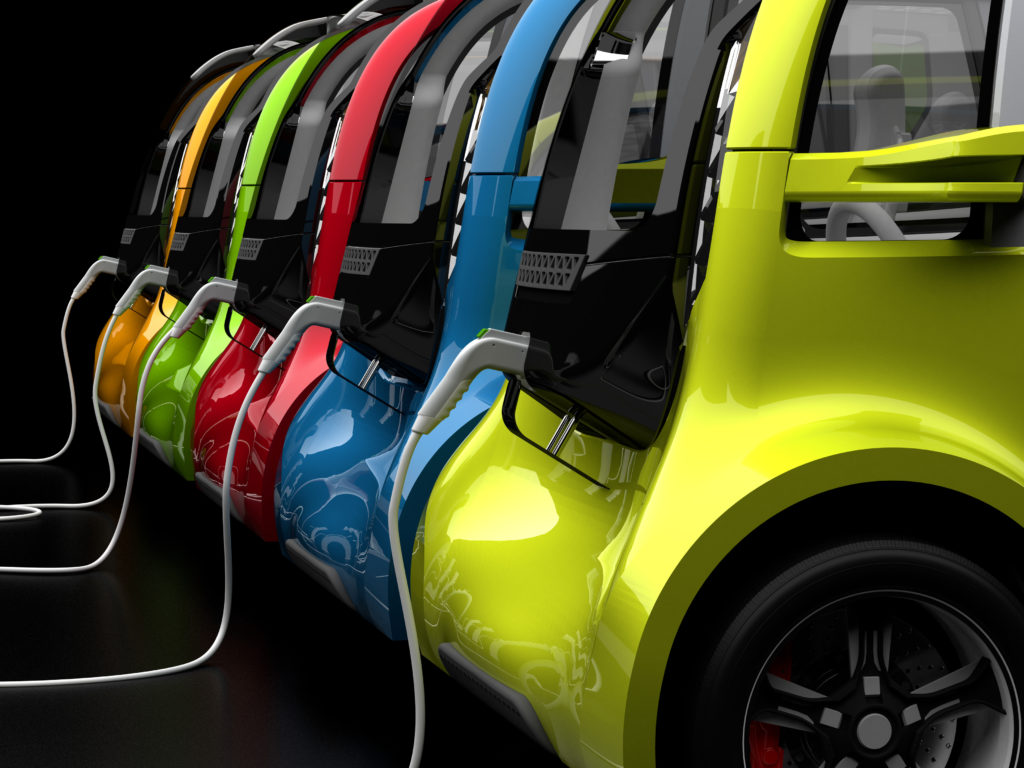We could be forgiven for thinking that electric vehicles (EVs) are an invention from just the past few decades, and yet, it was back in the 1830s, in rural Scotland when Robert Anderson invented the first ever electric vehicle (EV).
Fast forward to 1900s America, and EVs outnumbered internal combustion engine (ICE) vehicles by two to one. However, the trend of EVs was quickly overtaken by ICE vehicles due to the mass manufacturing prowess of the Model T by Ford and the supporting ecosystem around it. Petrol was available, abundant, and accessible, and the oil industry was burgeoning and fast became a strategic global asset for national stability and security with the onset of World War I.
Resurgence
It was only really with Tesla’s entrance in 2003 that saw a resurgence in the use of EVs as a viable, credible, green and even fashionable alternative to ICE. Traditional vehicle manufacturers are rapidly shifting towards EV offerings, with even Lamborghini announcing that it has sold its last ICE vehicle and from now on its vehicles will be electrified in some way.
Bloomberg New Energy Finance (BNEF) forecasts that by 2025 EVs will account for nearly half of sales in Europe and China and around two thirds of all passenger cars globally by 2050. In fact, sales of passenger electric vehicles increased globally by more than 60 per cent in 2022.
Charging infrastructure
BNEF indicated that there were around 9.1 million EV charging connectors in 2021, however achieving net zero may require more than 700 million EV charging connectors, with capital costs running to around $2.8 trillion in total, in one scenario considered.
For utility-scale wind and solar projects, their higher total capital costs make them less sensitive to grid connection upgrade costs but these can still make them financially unviable. In contrast, EV charging infrastructure projects in weaker power network areas are more sensitive to grid connection upgrade costs as they can make up a larger proportion of total project capital costs.
One way to address the challenge of high grid connection upgrade costs for EV charging infrastructure projects in weaker power network areas is to combine them with battery storage. This would allow the two technologies to be co-located, which could help to reduce the overall cost of the grid connection upgrade.
Grid balancing
But the largest net zero benefit by far is the promise EVs hold in large numbers: potentially acting as a flexible energy source for grid balancing. This is known as Vehicle-to-grid (V2G) technology. In fact, a net zero emissions end state is not possible without a corresponding quantum of flexible energy positioned strategically in the system, given the legacy design of our power grids globally. It is a design that dates to the 1890s and which still crucially requires real-time energy supply and demand, and power quality balancing, for the grid to be able to work at all. For example, if the power grids operate outside of very narrow grid frequency and voltage limits, this can very rapidly lead to black outs and power supply failures impacting consumers.
V2G technology, among other forms of sustainable storage and flexible capacity, could contribute substantially to the low-carbon energy transition. By allowing EVs to act collectively according to market price signals, V2G could help to support a more balanced power grid as we approach net zero emissions. This is especially important as we increasingly rely on intermittent renewable energy sources, such as wind and solar, which can generate substantial power capacity and power quality swings on the power grid; all within minutes, seconds and sub-seconds. It has been forecast, for example, that by year 2030 these capacity swings could be as much as 40GW coming on or off the grid within minutes in the context of a peak demand of 70GW in the UK. Similar capacity swings are likely to happen across Europe, perhaps synchronously at times, and therefore pose a material balancing challenge.
To bring the potential of V2G to life through a hypothetical illustration, let’s imagine all ICE cars in Scotland were to be replaced tomorrow by EVs. This would be circa three million EVs, each with an average storage capability of 70kWh, which together form a total virtual battery size of 210GWh. If we take the current 8.8GW of installed onshore wind capacity in Scotland and this capacity was on/ off within an hour – with the wind blowing or not blowing – this would represent a swing energy of 8.8GWh within that hour. This swing energy could be balanced in theory, negating locational effects, by charging/ discharging around just over 4% of Scotland’s entire three million EV car fleet simultaneously; 125,000 electric vehicles. As more intermittent renewable generation is added to Scotland’s grid this potential capability could be further drawn on subject to the progress made with V2G technological development, the constraints of location, the quantum of renewables that are distribution grid connected where this balancing may have the largest impact and the nature of higher EV deployment density in urban areas compared to rural areas.
Hope for the future
There are currently over 100 projects comprising more than 6,600 chargers in 25 countries according to V2G Hub which monitors these projects. The highest density of these V2G projects occurs in Europe with around 80 projects identified. To practically enable large scale balancing for large scale renewable intermittency we will need scaled-up projects like these to reach net zero.
Electric vehicles (EVs) and a corresponding comprehensive network of charging infrastructure powered by both onshore and offshore renewables are a great step forward towards achieving net zero emissions. However, the greater role that EVs could play may be in scaled-up virtual EV power plants that can deliver flexible energy and capacity at scale to balance the massive penetration of intermittent renewables needed in a net zero end state.
This article by Peter Lo, Head of Onshore Renewables and Storage at ITPEnergised appeared in Electronic Specifier in September 2023.

